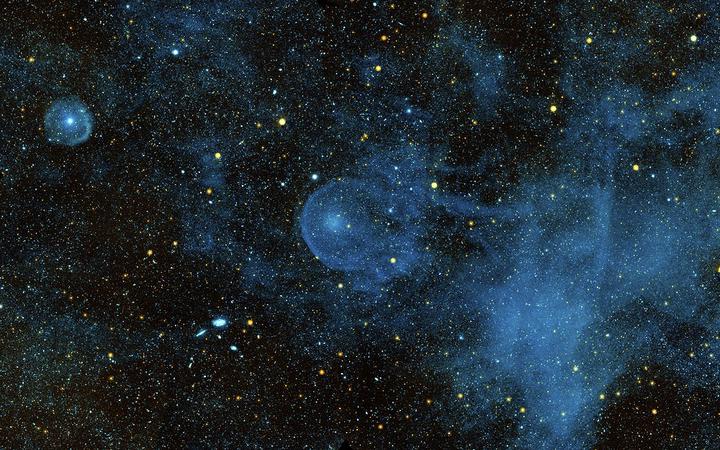Project SPACEMAN
The need for highly radiation resistant, mechanically strong, and easily manufactured structural materials is one of the key factors preventing the successful application of a space-based nuclear power system. Here, we propose an investigation to design, fabricate, and test a novel Ni metal composite produced using innovative additive manufacturing techniques. The selected manufacturing pathway, advance selective laser melting (SLM), provides field fabrication capabilities while enabling the integration of a high-density network of high aspect ratio pathways for radiation induced defect diffusion and annihilation. Following recent findings, carbon nanotubes (CNTs) will be used as our high aspect ratio material, their inclusion and proclivity to defect absorption and annihilation will drastically increase our materials radiation resistance and lifetime, potentially indefinitely. Once fabricated these materials will be stress tested by using the University of Michigan’s facilities, including the completion of simulated in-service radiation conditions using the Michigan Ion Beam Laboratory (MIBL). Irradiation conditions and other stress tests will mimic reactor conditions set out in NASA’s technology roadmap and then characterized/evaluated resulting in datasets providing proof-of-concept. We will adopt agile design-build-test methodologies to rapidly optimize the Ni metal composite for service. Finally, once a significantly improved material has been designed and demonstrated, concluding efforts will focus on integrating this material into new reactor designs, including developing protocols for space-based additive manufacturing systems.
